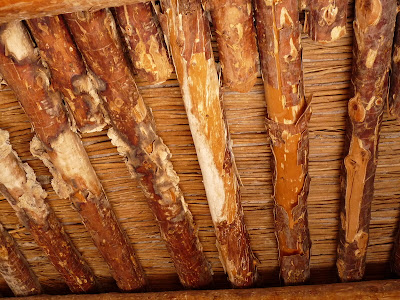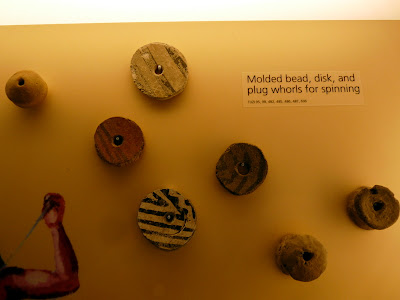Scenic passenger excursions began from Clarkdale in 1990.
Passengers actually purchase two seats for the price of one because tickets include both inside seating and bench seating on open-air viewing cars.
The weather was perfect today and we enjoyed the scenery from this open-air car.
The four hour round trip was well narrated by excellent guides on each car.
Several Sinagua cliff dwellings, dating back to 600AD, are seen along the trip.
The Sinagua are thought to be the first residents of the Verde Canyon.
We pass through one tunnel on the trip.
There are several old bridges to cross and many nice views of the Verde River.

The trip ends in Perkinsville, the turn-around point on the passenger line.
This was once a water stop for the original steam locomotives.
When the railroad switched to diesel locomotives, Perkinsville evolved into a ghost town.


















































